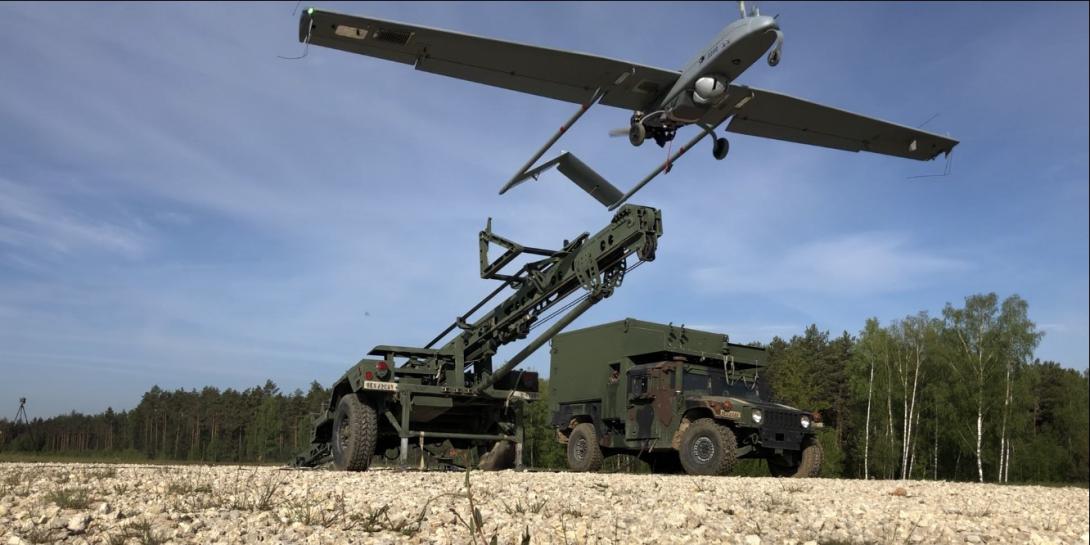IARPA Strives for Innovative Portable Power Sources
Future unmanned intelligence, surveillance and reconnaissance (ISR) assets may be able to operate in hot conditions for long periods of time if new power source research bears fruit. The Intelligence Advanced Research Projects Activity (IARPA) has launched a program to develop portable power sources for unmanned and autonomous systems operating in extreme environments.
Known as the Robust Energy Sources for Intelligence Logistics in Extreme, Novel and Challenging Environments (RESILIENCE) program, the effort is tapping corporate and academic expertise to build power sources, largely batteries, that can provide an extended supply of power in the face of conditions that otherwise sap conventional batteries.
The result could be unmanned aerial vehicles (UAVs) that have greater loiter time as well as leave-and-forget devices with extended shelf lives that can spring into action after a long period of idleness in harsh environmental conditions.
IARPA has awarded eight research contracts to teams from industry and academia. The call for proposals is performance-oriented rather than technology directed, explains Dr. Dawson Cagle, IARPA program manager for RESILIENCE. “The targeted need is for power sources that can be super-reliable under the most demanding of environmental conditions where the safety of our people depends on it,” he adds.
“This is the very first funded research effort that the intelligence community has ever put forward on energy storage,” Cagle declares.
Batteries are the prime focus of most of the research, although one team is looking to build a Stirling engine small enough to fit in the space occupied by a AA battery, Cagle reports. The battery research represents a significant departure from conventional lithium-ion batteries, with companies pursuing a wide array of technologies.
Cagle describes one approach that would use molecules like an enzyme to speed discharge rates and create larger power pulses. And larger power pulses are one goal IARPA is aiming for. Many UAVs need power surges for specific maneuvers such as vertical landing at the end of a prolonged flight. Cagle foresees the possibility of quiet electric aircraft capable of long flight times and hover periods. These functions tend to be power hungry, he notes.
Other efforts aim to use all-solid-state technology to build high-energy batteries made of non-flammable materials. “Overall, we’re looking to double the energy that a commercial power solution can deliver right now,” Cagle adds. Shelf life also would be increased by a factor of 10 compared to existing commercial technologies. The ability to survive large changes in temperature, humidity and vibration is another environment-oriented performance goal.
Success in the RESILIENCE effort could spawn spinoffs in the commercial sector, Cagle offers. He notes that the metrics in the proposal are engineered around a space that is only slightly larger than a AA battery, so these innovations could be used in consumer handheld devices and the Internet of Things. On a larger scale, the technologies eventually could make their way into vehicles and even aircraft.
The U.S. Army Command, Control, Communications, Computers, Cyber, Intelligence Surveillance and Reconnaissance Center will conduct tests and evaluation for technologies emerging from RESILIENCE. Describing the center as a critical partner to IARPA in this program, Cagle explains that it brings extensive experience in battery testing and development to the table. “They have a very rich history with this field,” he states.





Comments